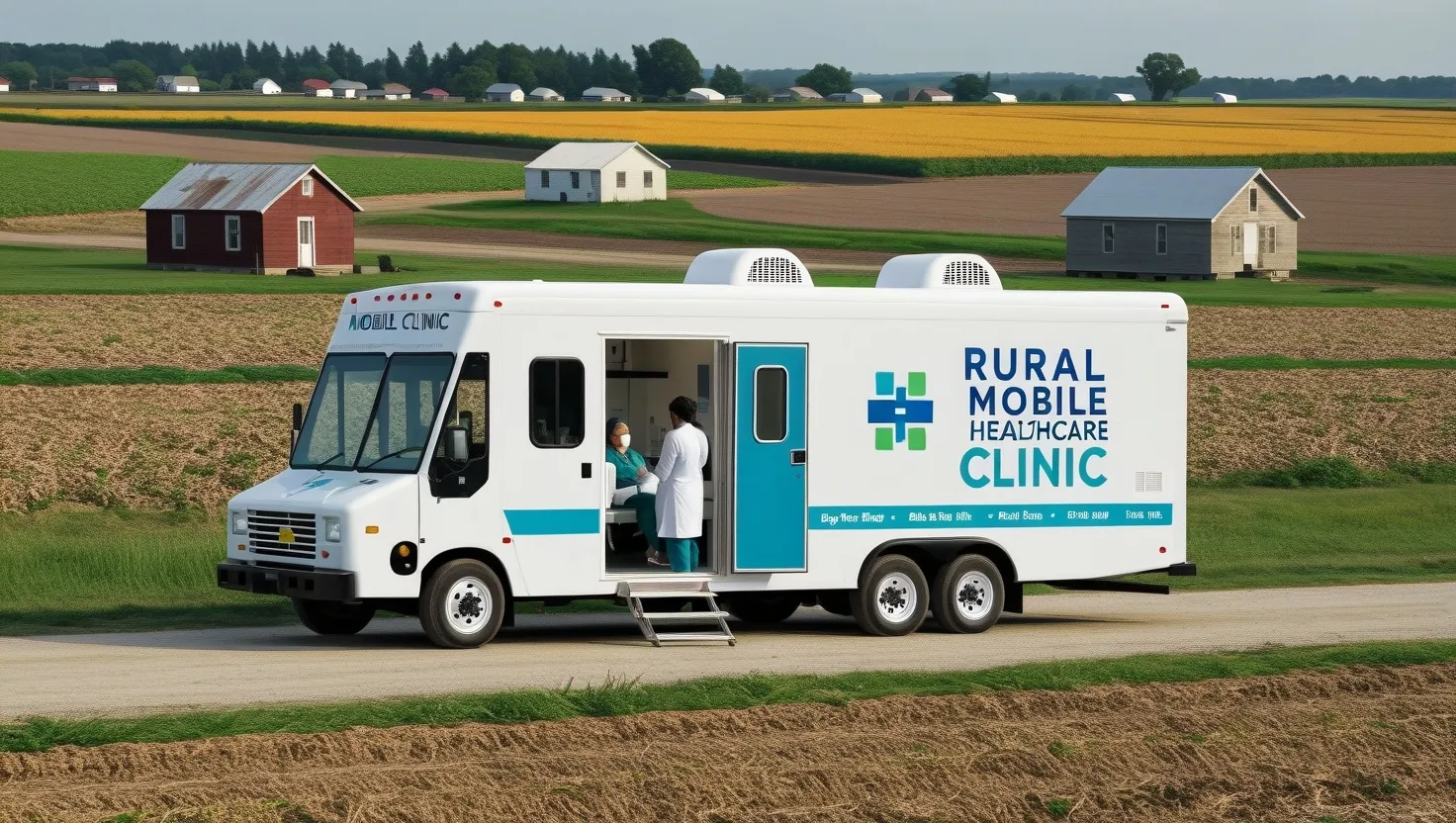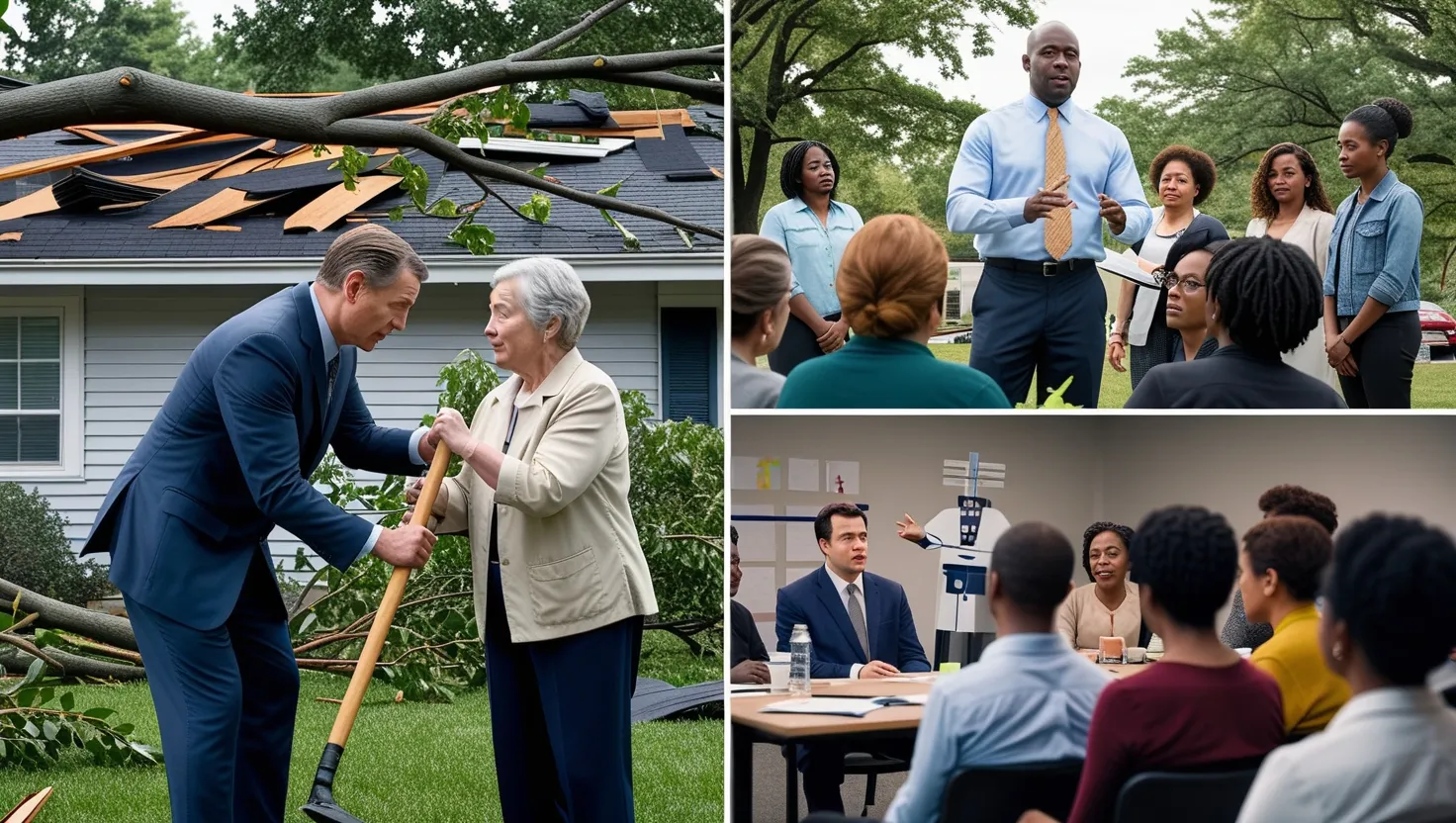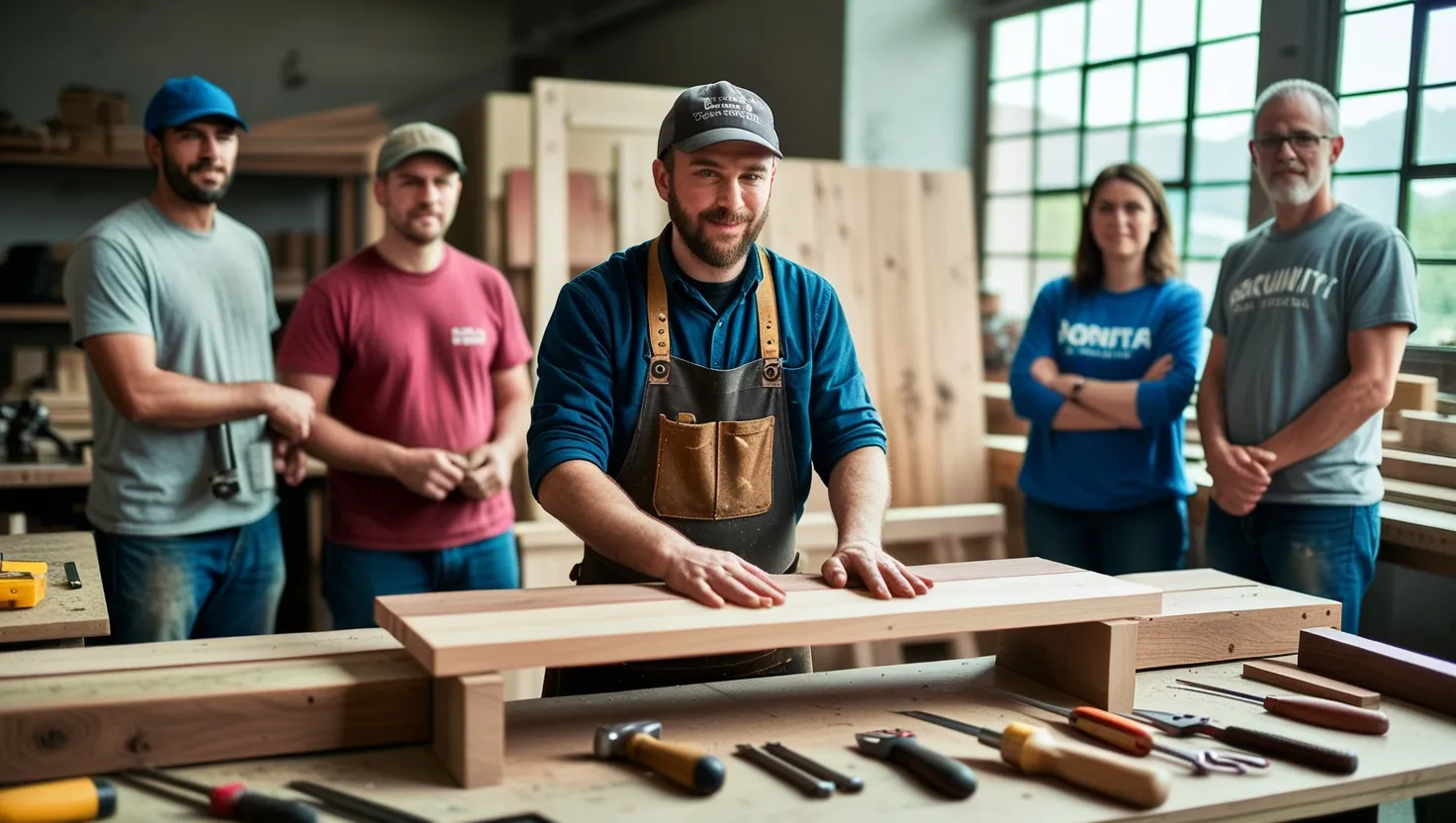As I reflect on the journey of Aisha, a young and determined doctor, I am reminded of the profound impact one individual can have on a community. Aisha’s decision to start a mobile clinic in her rural hometown was more than just a professional endeavor; it was a personal mission to address the glaring healthcare disparities that had long plagued her community.
Rural areas, often overlooked and underresourced, face a myriad of challenges that make accessing healthcare a daunting task. The lack of healthcare professionals, inadequate infrastructure, and limited access to diagnostic equipment are just a few of the hurdles that rural communities must overcome. Aisha’s hometown was no exception, with its aging population and limited transportation options making it even more difficult for people to receive the care they needed.
The Realities of Rural Healthcare
When Aisha returned to her hometown, she was met with a stark reality. The healthcare system was on the brink of collapse, with a severe shortage of healthcare workers and a lack of quality education in the area contributing to this crisis. As she delved deeper, she realized that the issue was not just about the availability of healthcare services but also about the socioeconomic determinants that influenced health outcomes. Education, agriculture, and infrastructure played critical roles in the health of the community, yet these areas were often neglected.
“Health is not just the absence of disease, but the presence of justice,” a quote often attributed to Hillel Neuer, resonates deeply in this context. Aisha understood that her mobile clinic had to be more than just a place for medical treatment; it had to be a catalyst for broader social change.
The Introduction to Social Impact Bonds
As Aisha grappled with the financial and logistical challenges of running a mobile clinic, she stumbled upon an innovative solution: social impact bonds. These bonds, also known as pay-for-success contracts, are financial instruments that tie funding to specific social outcomes. In the context of healthcare, this meant that investors would provide the initial capital for the clinic, and if the clinic met certain health outcome targets, the government or other stakeholders would repay the investors with a return.
This model intrigued Aisha because it aligned the interests of investors with the needs of the community. It was a win-win situation where the clinic could receive the funding it needed, and investors could see a return on their investment while contributing to a social cause.
Balancing Healthcare Costs and Community Needs
The challenge, however, was in balancing the healthcare costs with the community’s needs. Aisha had to ensure that the services provided were not only accessible but also affordable. She implemented a sliding scale fee system, where patients were charged based on their ability to pay. This approach helped in making healthcare more inclusive and reduced the financial burden on the community.
Moreover, Aisha recognized the importance of preventive care. She organized health promotion and disease prevention programs, which included workshops on healthy eating, physical activity, and mental health. These programs were designed to address the root causes of health issues rather than just treating symptoms.
Community Engagement and Local Training
Aisha’s approach was not just about providing healthcare; it was about empowering the community. She engaged with local leaders and residents to understand their specific health needs and priorities. This community-centric approach allowed her to tailor the services of the mobile clinic to the unique challenges of her hometown.
She also initiated a local training program to recruit and train healthcare workers from within the community. This not only ensured that the clinic had a steady supply of skilled workers but also created job opportunities and a sense of ownership among the community members.
“Alone we can do so little; together we can do so much,” as Helen Keller once said. Aisha’s mobile clinic became a symbol of community collaboration, where everyone worked together towards a common goal of better health and well-being.
The Economics of Healthcare
As Aisha delved deeper into the world of healthcare economics, she realized that the traditional models of funding healthcare were often inefficient and unsustainable. Social impact bonds offered a new paradigm where the focus was on outcomes rather than just inputs. This approach encouraged innovation and efficiency, as the funding was tied to specific health outcomes.
Aisha also explored other innovative financing models, such as community-based insurance schemes and public-private partnerships. These models allowed her to leverage resources from multiple stakeholders, ensuring that the clinic was financially sustainable while maintaining its commitment to community health.
Revitalizing the Community
The impact of Aisha’s mobile clinic was not limited to healthcare alone. It had a ripple effect on the entire community. By improving health outcomes, she helped in reducing absenteeism from work and school, which in turn boosted economic productivity and educational attainment.
The clinic also became a hub for community activities, hosting health fairs, educational workshops, and social events. This helped in fostering a sense of community and social cohesion, which is often lacking in rural areas.
“Health is the greatest of human blessings,” according to Hippocrates. Aisha’s mobile clinic was more than just a healthcare facility; it was a blessing to her community, a beacon of hope and a testament to the power of innovation and community spirit.
Looking Forward
As I reflect on Aisha’s journey, I am left with a sense of optimism and hope. Her story is a reminder that even in the most challenging environments, there are opportunities for change and improvement. The use of social impact bonds and other innovative financing models can be a game-changer for rural healthcare.
But the real question is, what can we learn from Aisha’s experience? How can we apply these lessons to other rural communities facing similar challenges? The answer lies in community engagement, innovative financing, and a commitment to social change.
In the words of Nelson Mandela, “The greatest glory in living lies not in never falling, but in rising every time we fall.” Aisha’s story is a testament to this spirit of resilience and determination. As we look to the future, let us draw inspiration from her journey and strive to create healthier, more equitable communities for all.






